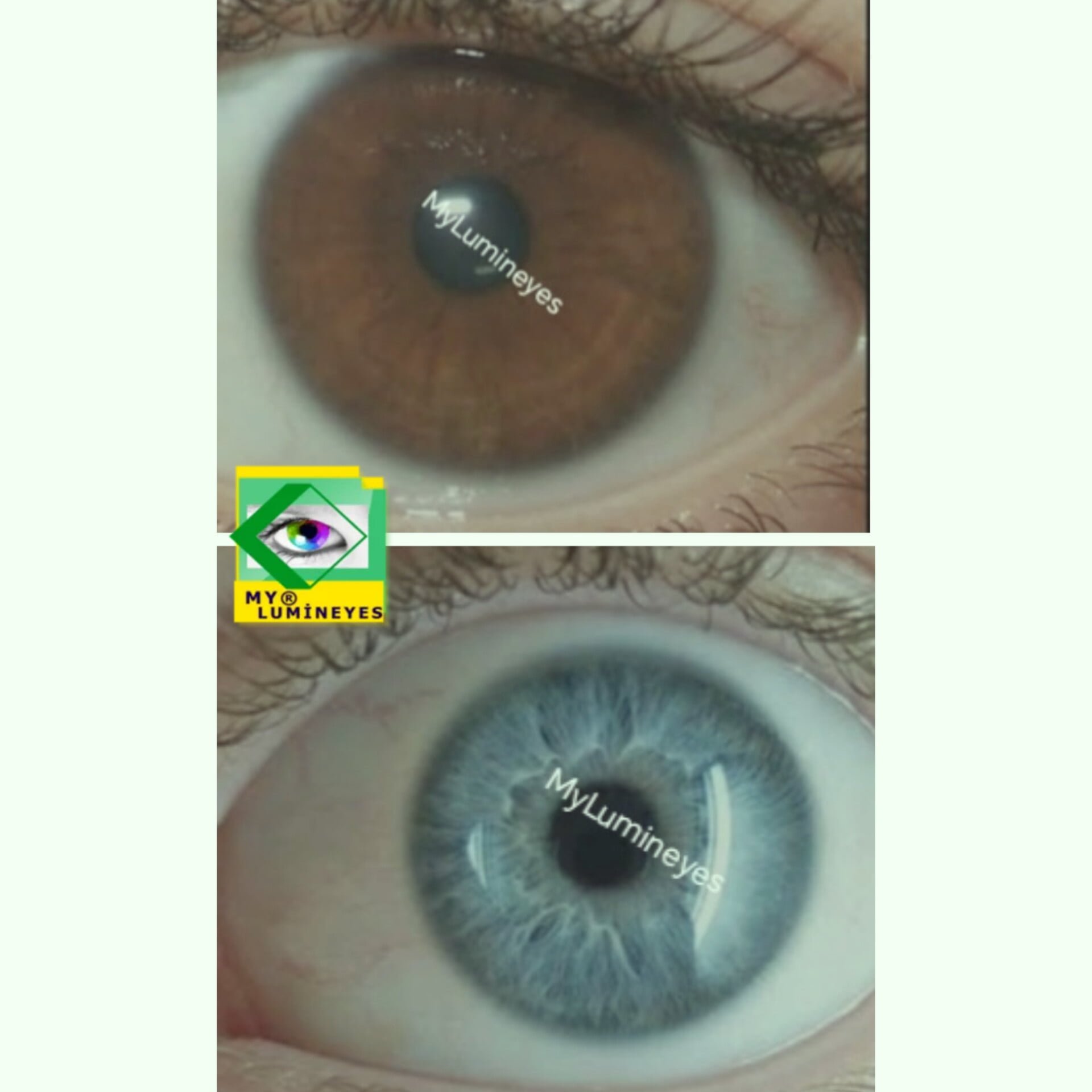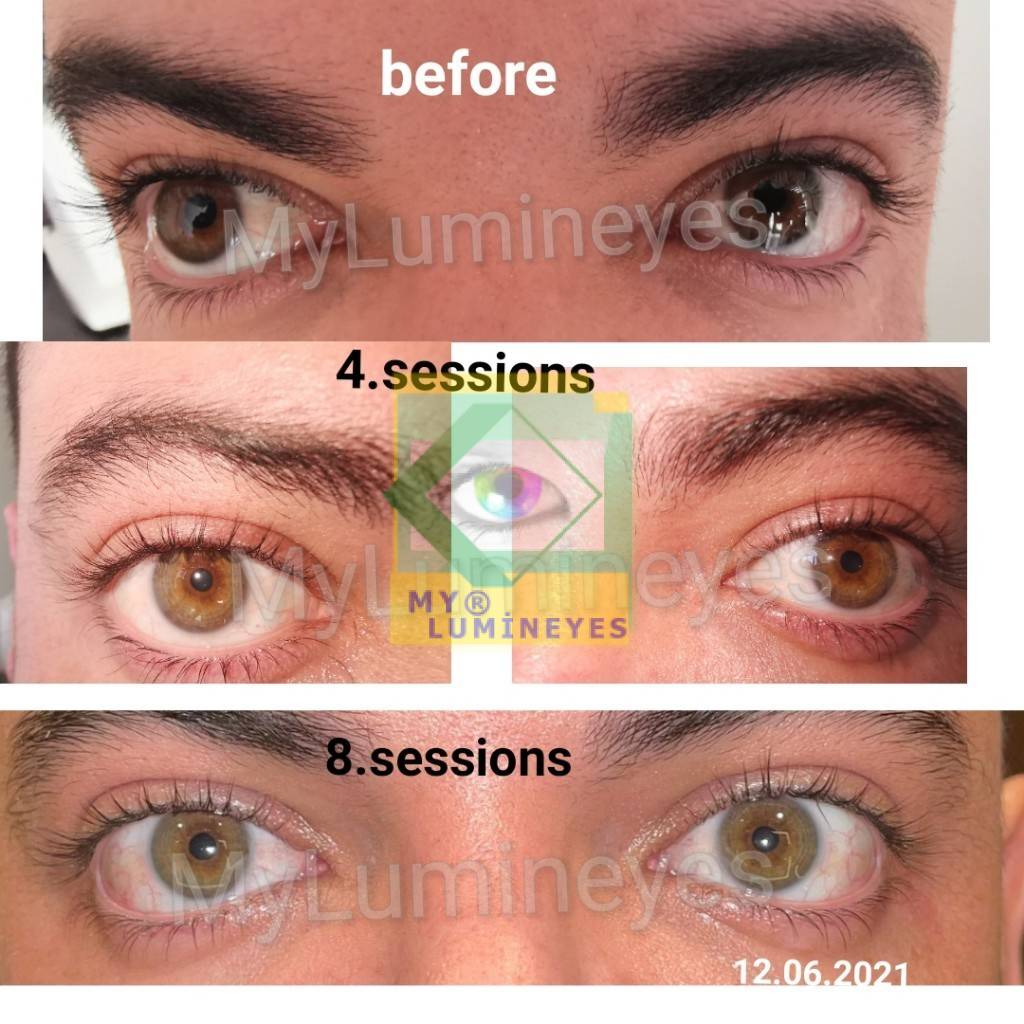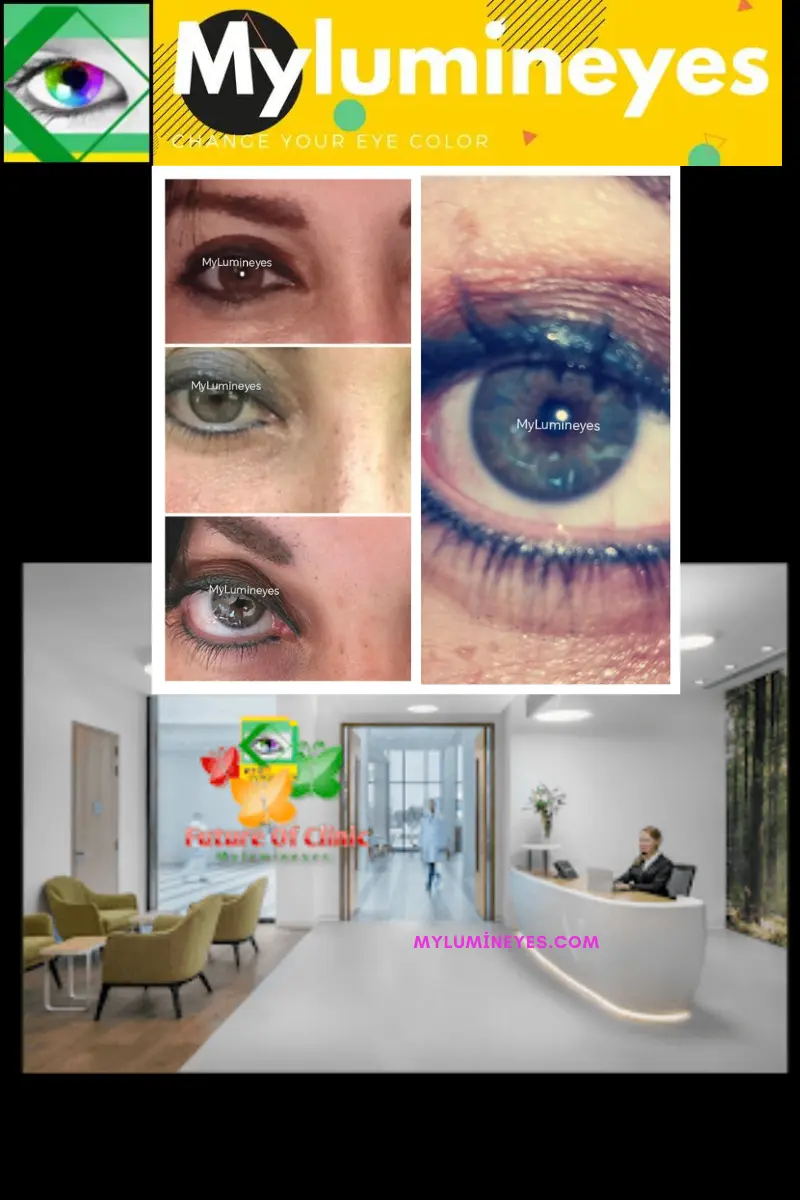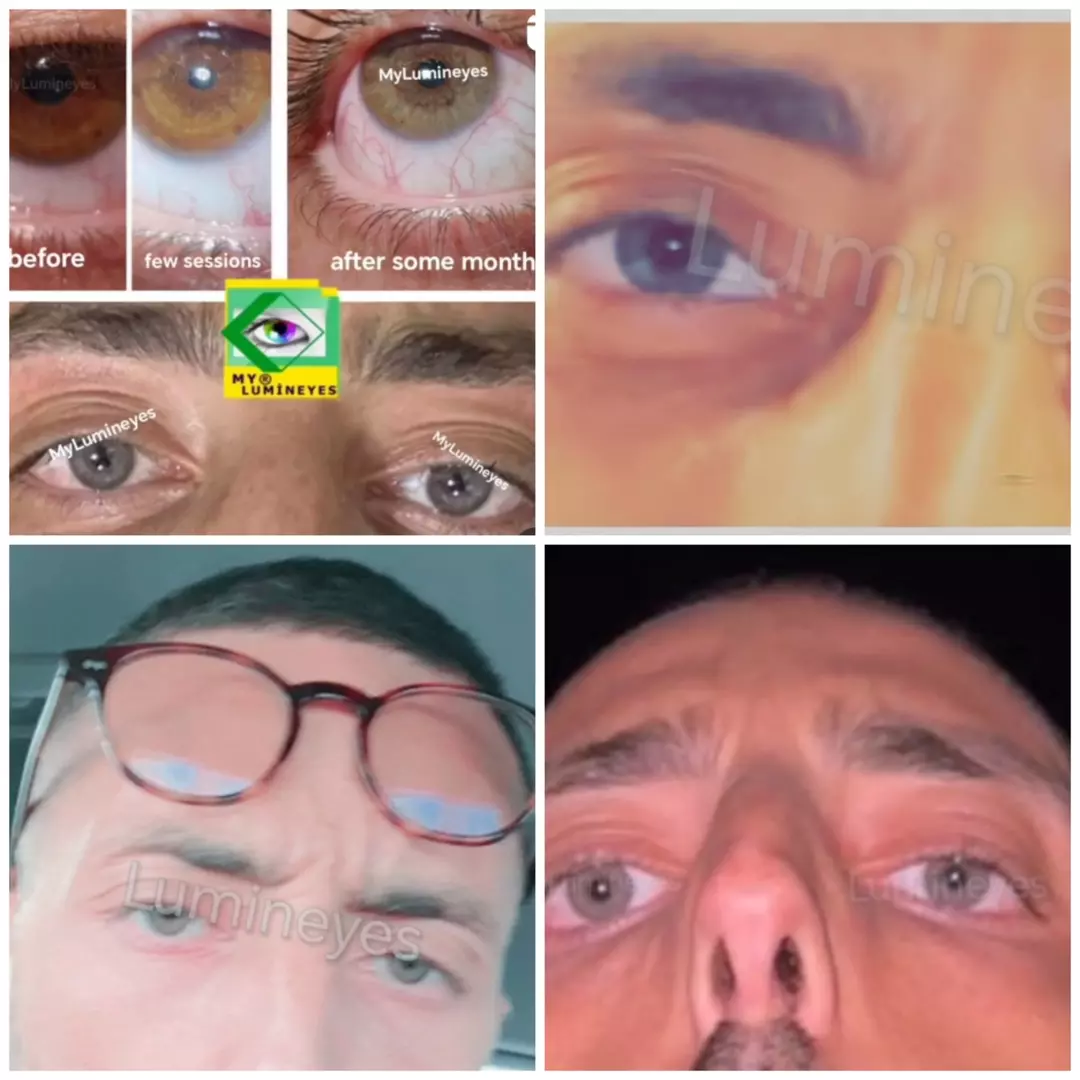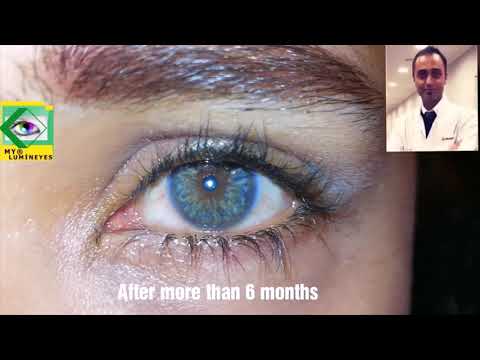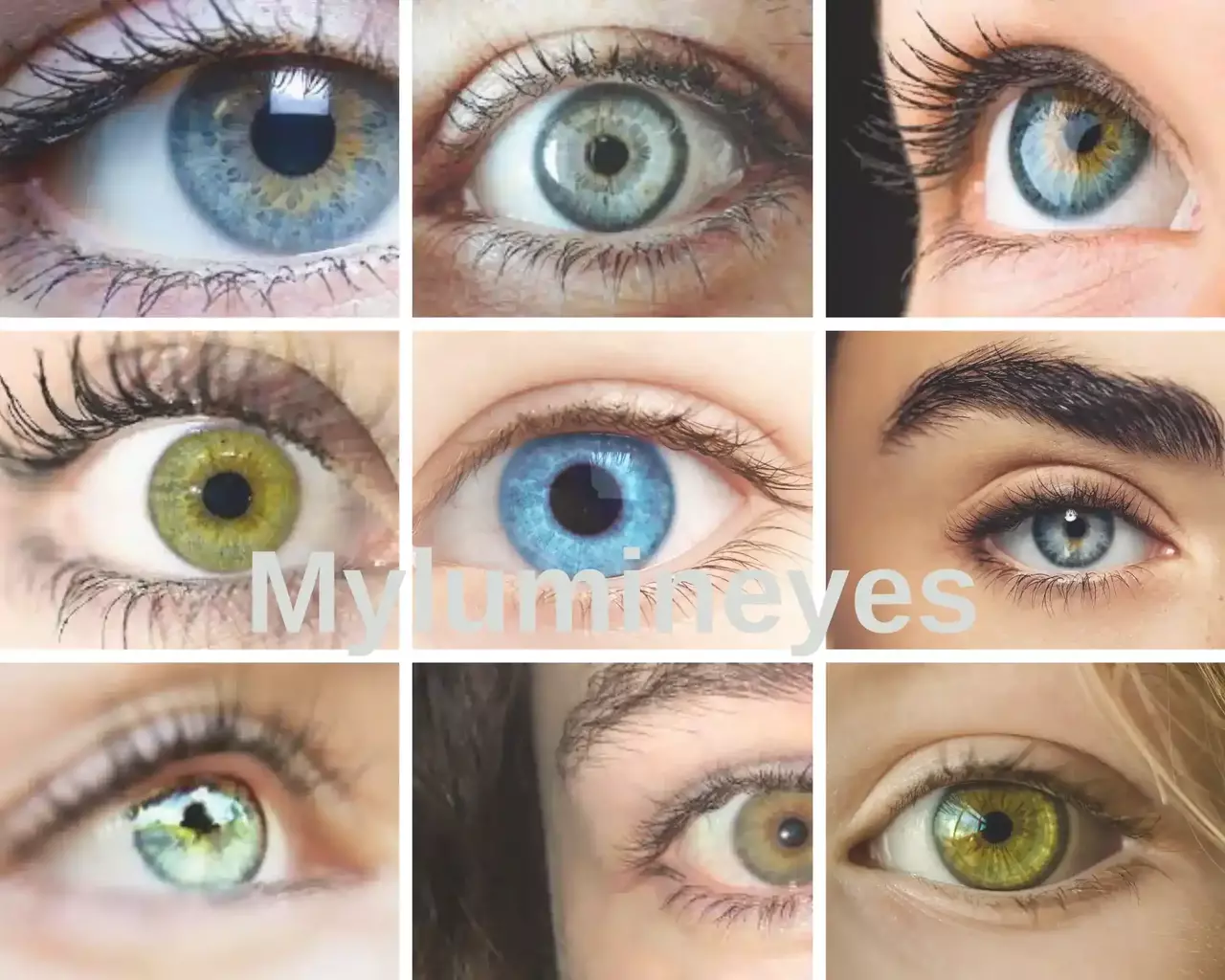Prosthetic eye surgery guide
How does prosthetic eye surgery ( eye prosthesis surgery ) take place? In certain circumstances, symmetrical outcomes can be attained in a blind eye without surgery using colored contact lenses or over-the-eye prosthesis. However, the blind eye must first be eligible for this treatment in order to proceed. Such eyes can be equipped with prosthesis through specific operations.
A prosthetic eye is used for those whose eyes are not congenital or who have had their eyes surgically removed for various reasons.
The artificial eye used as a prosthetic does not offer vision.
When these factors are considered, the prosthetic eye is applied separately. As a result, it may be made in appropriate sizes and colors without difficulty. As a result, the prosthetic eye delivers a cosmetic solution rather than a visual one.
Loss of sight may have an emotional and physical impact on a person. People who have lost their vision may begin to lose their self-confidence after a while. In fact, people who have lost their sight may struggle with socialization as well as depression.
Physical readjustment to losing one’s sight may be more challenging than one may expect. After this operation, persons who have lost their vision might seek medical assistance. This operation should employ the best available eye therapy and preserve the eye. When there is no recovery, the eye may be removed in the last stage. Patients may seek cosmetic treatment after having their eye removed.
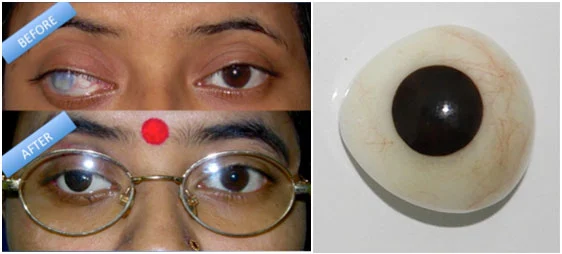
Prosthetic eye surgery can be performed in circumstances where the eye has entirely lost its visual function
Cosmetic prosthetic eye surgery involves removing the portions of the eye that no longer function. The primary goal of surgery is to eliminate cosmetic issues. Another goal is to make the missing eye resemble the other eye. It can be used on eyes that have lost their function or integrity as a result of trauma.
Furthermore, prosthetic eye surgery can be used to treat congenital eye problems, eye cancers, and severe vision loss. Meanwhile, after removing a malignant tumor from the eye, the eye might be removed to relieve acute discomfort in a blind eye. People who have lost their eyes due to an accident are also candidates for eye prosthetic surgery.
In such instances, individuals may benefit from prosthetic eye surgery.
If, despite all attempts, the prosthesis cannot be placed on the eye and there are complaints such as discomfort, redness, and wetness in the eye that annoy the individual and make his everyday life unbearable, the blind eye is removed and the prosthesis is installed. Despite the fact that many patients have no concerns, they pick prosthetic eyes for cosmetic reasons because to the near-perfect outcomes.
There are several procedures used in prosthetic eye surgery
Except for malignancies, the evisceration procedure, which preserves the muscles and white shell of the eye, is favored in all circumstances. Evisceration surgery entails a variety of sub-techniques that differ depending on the surgeon’s experience, and the best technique should be chosen for each patient based on their condition and intact tissues.
In the case of a tumor, there are enucleation techniques that remove the entire eyeball to reduce the risk of recurrence, as well as exenteration treatments that remove all tissues up to the bone when the illness has spread further.
In prosthetic eye surgery, two procedures are used.
The primary and most common procedure is “evisceration,” which entails emptying only the ocular contents. This method has no effect on the ocular muscles. After the contents of the blind eye are evacuated, an orbital implant is used to fill the vacuum.
The procedure takes around 30 minutes and can be done under either local or total anesthesia. The second treatment is “enucleation,” which involves removing the whole eye. The eye muscles are separated, the eye is taken as a whole, and the muscles are put on the orbital implant during this procedure.
In circumstances when the eye does not grow at all, such as with eye cancers or microphthalmia, enucleation may become necessary. Whatever approach is used, excellent surgical and prosthetic craftsmanship is necessary for a faultless outcome.
Enucleation or evisceration can be done under general anesthesia or under sedation with local anaesthetic.
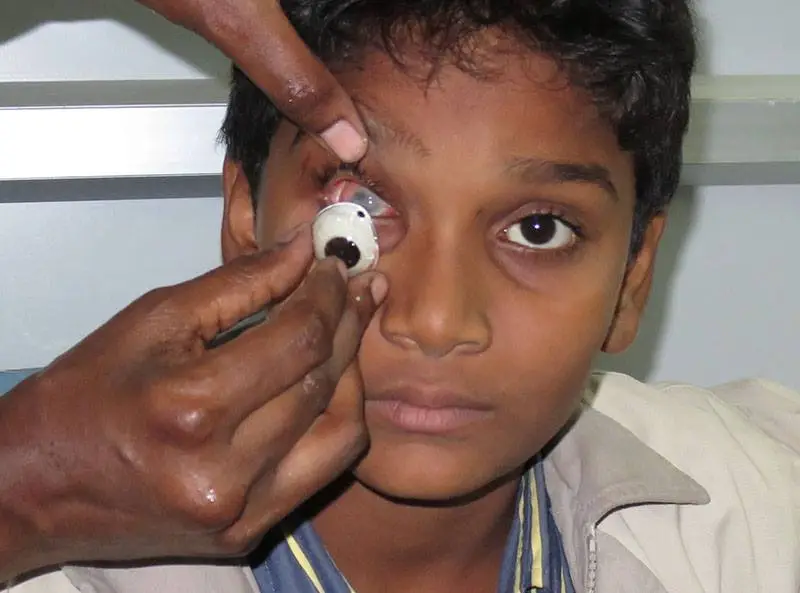
Immediately after the eyeball or its contents are removed, an orbital implant the size of an eye is inserted in the socket to fill the gap and provide volume.
The surface of this implant is surgically covered by pink conjunctiva, which also covers the interior of the lids and has a feel similar to the oral mucosa.
The placement of the prosthesis is then created by placing a thin, translucent temporary plastic plate (conformer) behind the eyelids. When the surgical recuperation is complete, a prosthesis that resembles the other eye will be created and fitted in place of the conformer.
Exenteration surgery removes all of the tissues around the eye, and because there is no lid tissue to cover the prosthesis, an epithesis application is performed instead of a regular prosthesis application, which is fastened with magnets to magnetic screws placed in the bone.
What exactly is a detachable eye prosthetic?
Movable eye prosthesis are those that can move in sync with the opposite eye. Removable eye prosthesis are those that are made to fit the postoperative eye socket. First and foremost, an appropriate surgery or preparation of the eye socket is necessary for a detachable eye prosthesis.
If the socket is left empty after eye removal or reduction, it is not practical to utilize a detachable eye prosthesis.
The socket and eyelids are damaged when a prosthesis is worn unconsciously. In many patients, the eye socket decreases with time, and the prosthetic eye eventually falls out.
As a result, we urge that every potential patient be operated on by implanting a ball and an appropriate movable prosthetic eye. Non-custom-made prostheses, however, have less mobility.
After Prosthetic Eye Surgery
Immediately following prosthetic eye surgery, a pressure bandage is put to the eyelids. The bandage’s goal is to reduce swelling of the socket tissue, and it remains in this form for several days. The bandage should never be taken off. The patient may have difficulties opening the other eye at this period, which can be alarming.
Fortunately, this problem normally disappears on its own by the end of the first day following surgery. During this time, mild to severe discomfort is possible, and paracetamol-derived pain medicines are often helpful. If the patient is experiencing considerable discomfort in the eye before to surgery, he or she will get great alleviation following surgery.
Swelling and bruising on the eyelids is usual for a few days after the pressure bandage is removed. To hasten recovery, eye drops or ointments are recommended.
When will the prosthesis be fitted after the surgery?
The wound site should be allowed to heal before the post-operative prosthesis is fitted. This time typically lasts 4-6 weeks.
How will I seem before the prosthesis is fitted?
Your look will not alter if your eyelids are closed.
When you open your eyes, you can see the pink sclera and the clear plastic that covers it.
How does it feel to have a fake eye?
From the front, today’s artificial eyes look incredibly real. But when the real eye moves, the fake eye can’t move much or at all, which causes a mismatch that many users find embarrassing.
Your new prosthetic eye may feel snug or unpleasant. You may also have some discharge during usage, particularly in cold conditions. If you operate in a dusty environment, you should expect a bit more discharge than usual.
Prosthetic Eye Surgery Costs
The cost of ocular prosthesis varies greatly. According to Ocular Prosthetics, costs in Turkey range from $2,500 to $9,300. The expense of prosthetic eyes is usually covered by insurance. High-end price is typically associated with luxury, highly customized eyes.

